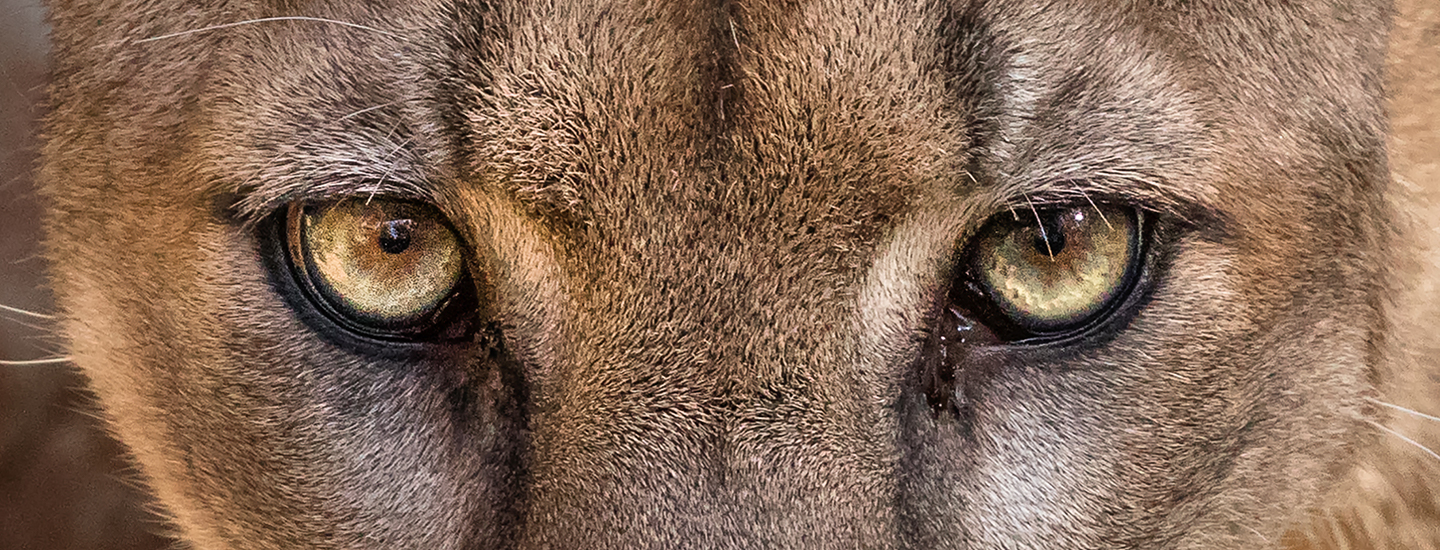A hungry cougar prowls the hills outside Los Angeles, California. The big cat spots a deer—its favorite prey—on a nearby ridge. But there’s a deadly obstacle in its way: a 10-lane highway filled with speeding cars. Should the cougar risk its life and cross the road?
This is a problem for many animals living near Highway 101. The road runs along California’s Santa Monica Mountains. To the north is a vast area of wilderness. Animals living south of the highway, including about a dozen cougars, are stuck in a much smaller area.
A hungry cougar prowls the hills outside Los Angeles, California. The big cat spots a deer on a nearby ridge. That’s the cougar’s favorite prey! But danger lies between the cougar and dinner. A 10-lane highway is filled with cars. Will the cougar risk its life and cross the road?
This is a problem for many animals near Highway 101. The road runs along California’s Santa Monica Mountains. A large area of wilderness lies north of the road. But animals also live south of the highway. They include about a dozen cougars. And they’re stuck in a much smaller area.

